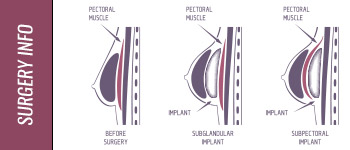Endoscopy: A surgical procedure that involves the use of a small camera (endoscope), which allows surgeons to see a set of specially designed endoscopic instruments, and the corresponding area under the skin.
Endoscopic – sometimes called “keyhole” – surgery is most often thought of as a minimally invasive procedure for knee reconstruction, gallbladder removal, and in diagnosing cancer in certain areas of the body.
The Endoscope, however, has proven itself to be a valuable tool for plastic surgeons as well. According to the American Society of Plastic Surgeons, “Scars are likely to be hidden, much smaller, and some of the after effects of surgery may be minimized”. The smaller, less noticeable scars and faster
healing-times are a result of smaller incisions and less trauma to the body when compared with traditional plastic surgery procedures.
Other Endoscopic cosmetic surgery advantages include: Less nerve damage, blood loss and bruising, the ability to use only local anesthesia, and money saved from shorter hospital visits.
Endoscopic techniques are used in a variety of cosmetic surgery procedures. Some of the most common include: Breast augmentation and augmentation revision, facelifts, forehead lifts, certain reconstructive surgeries, and Abdominoplasty (tummy tuck) operations in which there is not a considerable amount of loose skin to tighten around the abdominal area.
For more information on endoscopy, try looking in the Liposuction Articles.




